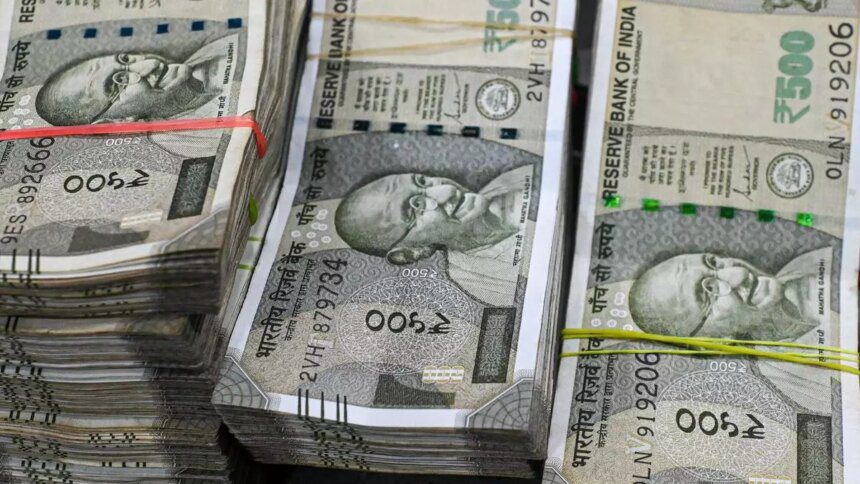The Indian rupee (INR) hit a historic low of 87.29 against the US dollar (USD) on Monday, but managed to recover slightly and closed at 87.08 on Tuesday. The rise in the dollar was fueled by the risk-off sentiment following Trump’s announcement of new tariffs on Canada and Mexico, which were scheduled to take effect on February 4. However, with Trump agreeing to a month-long pause on the tariffs, the rupee saw a small rebound.
Additionally, the increase in long-term capital gains tax on debt instruments for foreign portfolio investors (FPIs) from 10% to 12.5% had an impact on the rupee. The sell-off by FPIs in the equity market also appeared to slow down, with net inflows of $1.1 billion recorded in February after an outflow of nearly $11 billion last month, according to NSDL data.
The decline in crude oil prices has also been a positive factor for the rupee, with Brent crude futures falling by nearly 6% over the past three weeks. Despite these developments, the trend for the Indian currency remains bearish, suggesting that any recovery may be limited.
On the technical analysis front, the rupee started the week with a gap-down at 87.03 before hitting a record low of 87.29 on Monday. The currency managed to recover to 87.08 on Tuesday, but the overall bias remains bearish as long as the rupee stays below 87. A breakout above this level will face strong resistance at 86.65, with a further breakout needed to turn the near-term outlook positive.
Looking ahead, the rupee is expected to trade within a range of 86.80-87.25 over the next week. The outlook for the currency will depend on factors such as the movement of the dollar index (DXY), which is currently hovering around 108.60. A drop below support levels at 108 and 107 could turn the outlook bearish for the DXY, potentially leading to a further decline towards 105.60.










